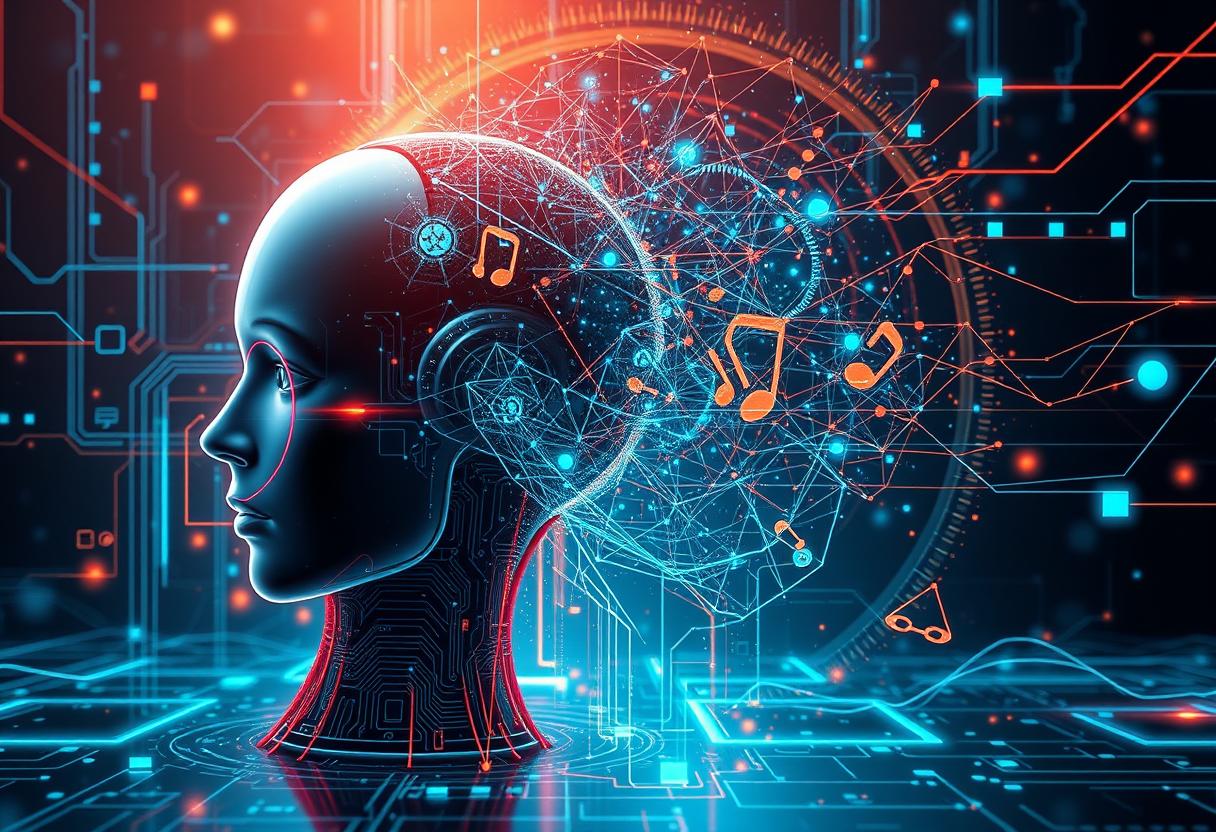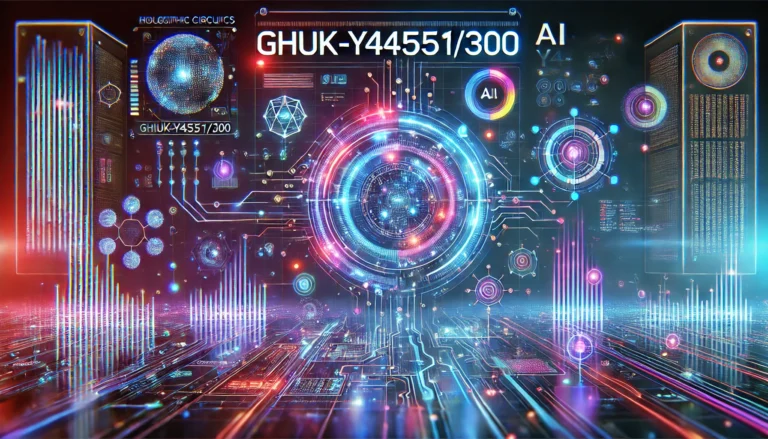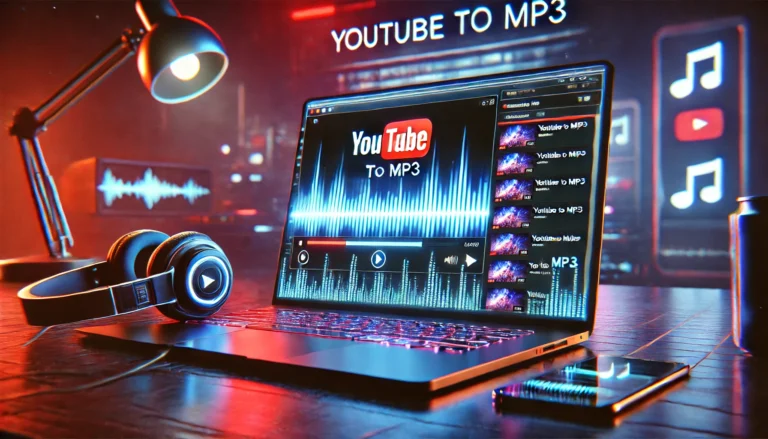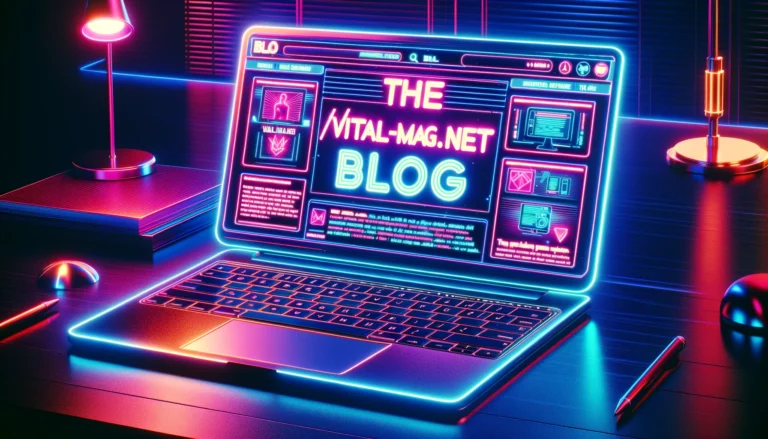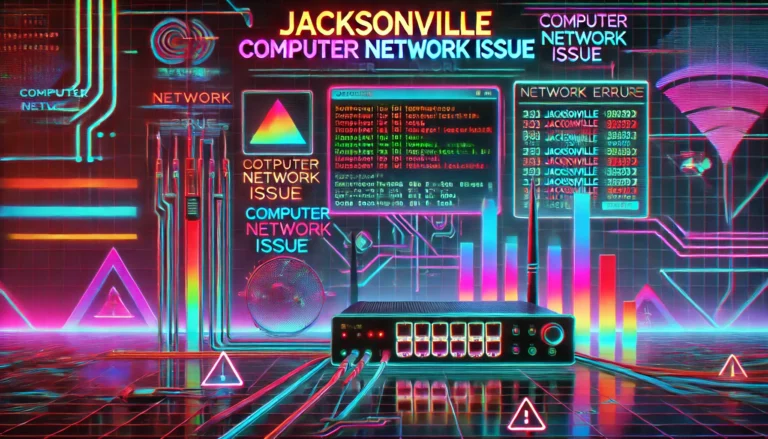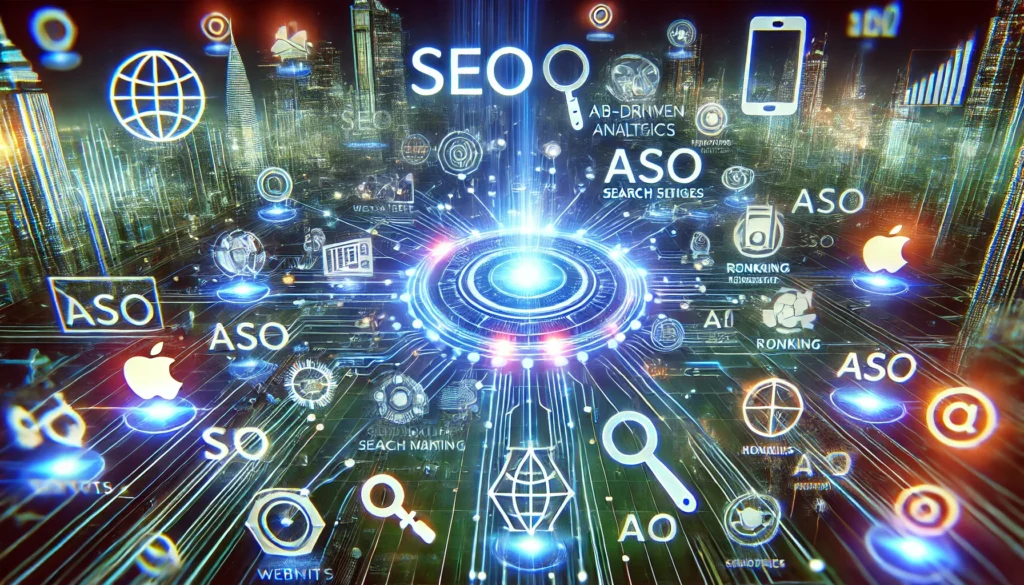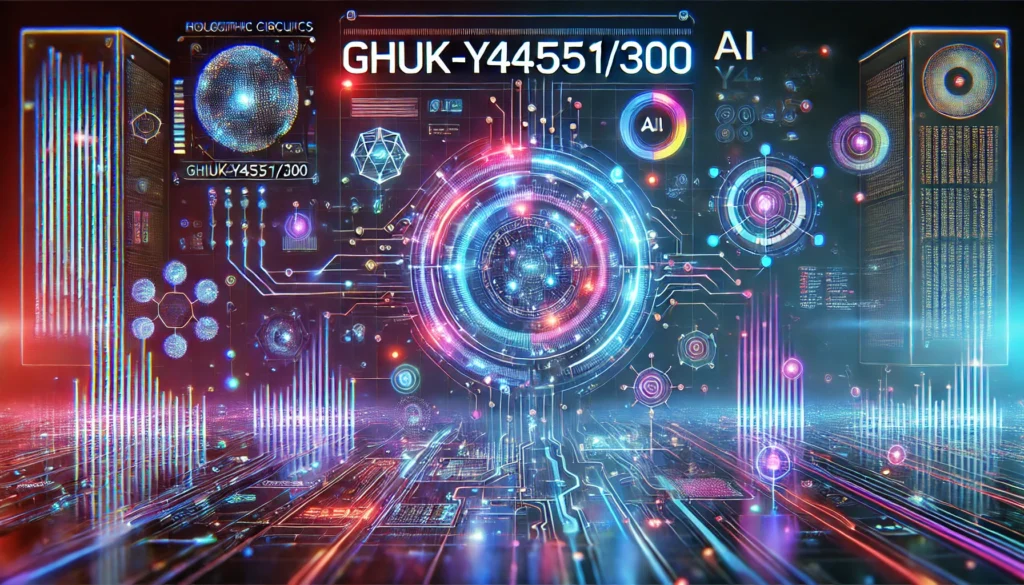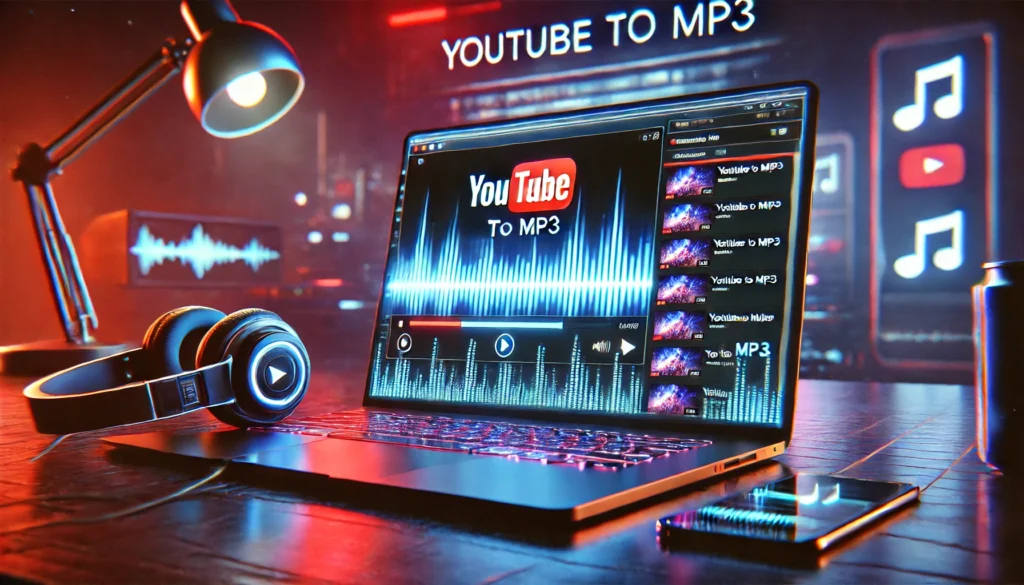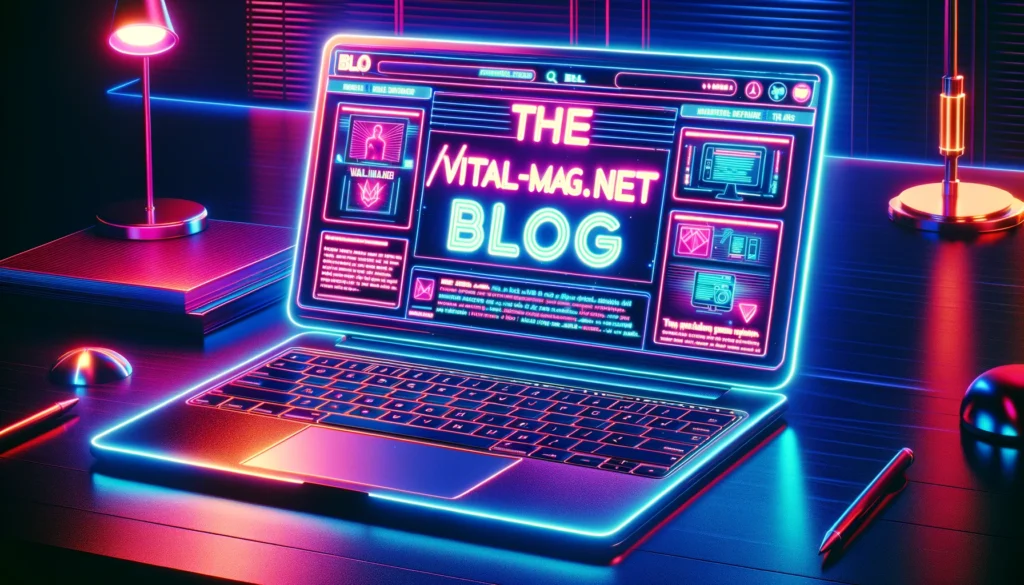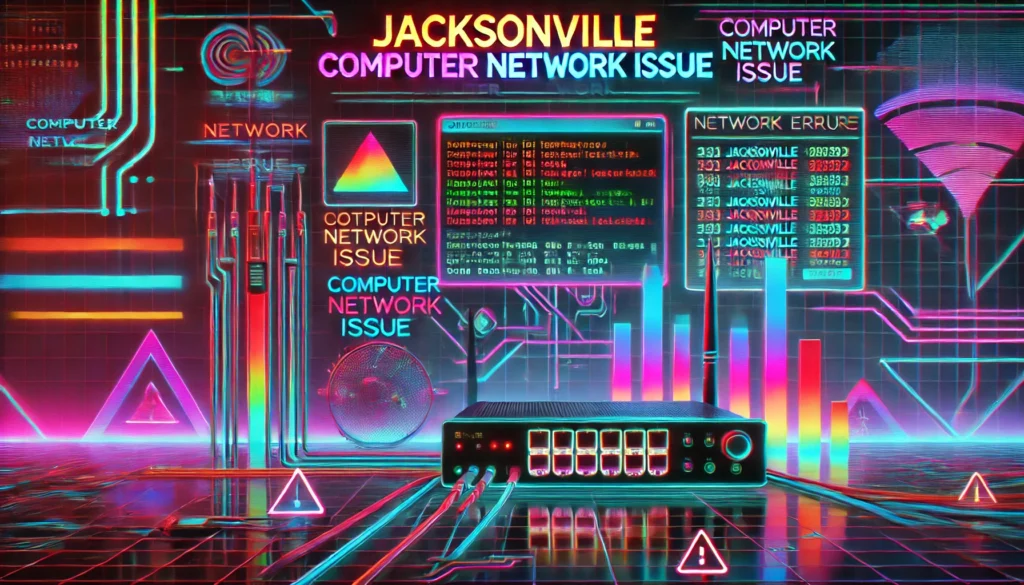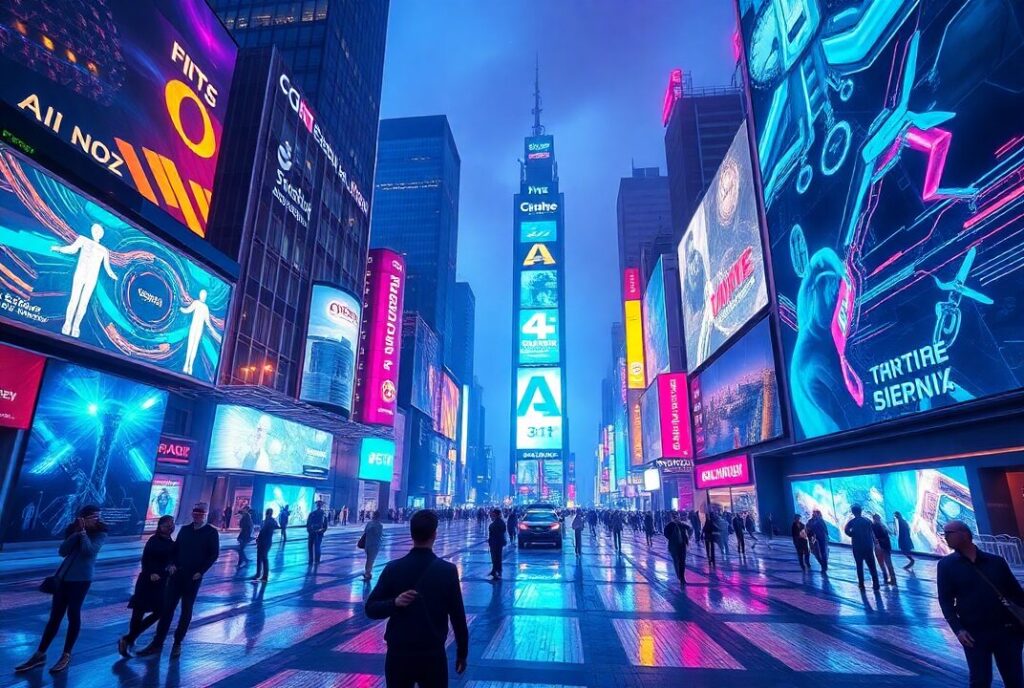Introduction
Art and technology have always been synergistic, with each advancement in technology opening new avenues for enchanting artistic expression. One of the most captivating intersections of these fields is the use of artificial intelligence (AI) to transform music into music art prints. This innovative process merges auditory experiences with visual stimuli, creating a unique form of art that resonates on multiple sensory levels.
The Confluence of Music and Visual Art
Music and visual art, though distinct in their mediums, share a profound connection. Both forms of art aim to evoke emotions, tell stories, and express complex ideas. Pioneering, this connection has been explored through album covers, concert visuals, and music videos. However, the advent of AI has revolutionized how we can blend these two art forms, allowing for more intricate and precise music translations into visual art.
How AI Transforms Music into Print Art
AI’s ability to analyze and interpret data makes it an ideal tool for transforming music into visual art. Here’s how the process generally works:
Data Analysis: AI algorithms analyze the musical composition, identifying key elements such as rhythm, melody, harmony, and dynamics.
- Pattern Recognition: The AI recognizes patterns and structures within the music, which it can then translate into resonant visual patterns.
- Creative Translation: Using these patterns, the AI generates visual representations that reflect the music’s emotional and structural qualities.
- Refinement: Artists can then refine these AI-generated visuals, adding their creative touches to the final print art.
Examples of AI in Music Art Prints
DeepDream and Neural Networks
Google’s DeepDream is an example of how neural networks can create visual art. By feeding music into a neural network designed to generate images, artists can create visualizations that reflect the structure and emotion of the music. These images often have an ethereal quality, capturing the abstract nature of musical experiences.
GANs (Generative Adversarial Networks)
GANs are another powerful AI tool used in music art prints. These networks comprise two components: an image generator that produces images and an image evaluation discriminator. By training these networks with musical and visual data, artists can generate print art that closely mirrors the intricacies of the music.
Case Studies
- Algorithmic Art by Refik Anadol: Refik Anadol, a media artist, uses AI algorithms to transform classical music compositions into visual data sculptures. His work exemplifies how AI can be used to create immersive, multi-sensory art experiences.
- SoundVisuals: An AI-based project that converts sound waves into abstract visual art. By inputting different genres of music, the AI produces unique print artworks that capture the essence of the musical piece.
Benefits of Using AI in Music Art Prints
Precision and Detail
AI algorithms can analyze music with a level of remarkable precision and detail that surpasses human capability. This allows for a more accurate translation of musical elements into visual forms.
Speed and Efficiency
Creating visual art based on music traditionally requires a significant amount of time and effort. AI can streamline this process, generating initial drafts quickly, which artists can then refine.
Expanding Artistic Boundaries
AI opens up new possibilities for artists, allowing them to explore intersections between different art forms that were previously difficult or impossible to achieve. This can lead to innovative and unique artworks that push the boundaries of traditional art.
Accessibility and Democratization
AI tools are becoming more accessible, allowing a broader range of artists to experiment with music art prints. This democratization of technology can lead to a more diverse array of artworks and artistic voices.
Enhanced Creativity
AI can serve as a collaborative partner, offering inspiring suggestions and generating new ideas that artists might not have considered. This can enhance the creative process and lead to unexpected and novel artistic outcomes.
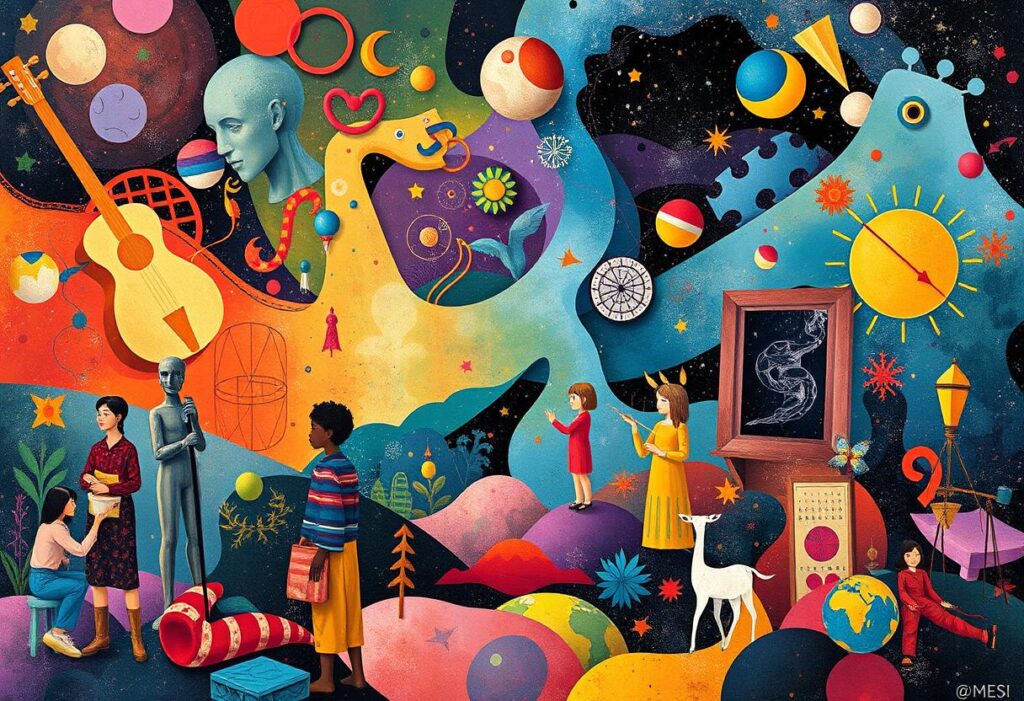
Artistic Authenticity
One of the main challenges in using AI for art is maintaining the genuine authenticity and originality of the artwork. While AI can generate images based on musical input, the human touch is essential for adding depth and personal expression to the final piece.
Technical Expertise
Using AI in art requires a certain level of technical expertise. Artists need to understand both the artistic and technological aspects to effectively utilize AI tools.
Ethical Concerns
There are controversial ethical considerations regarding the use of AI in art, particularly concerning originality and copyright. As AI-generated art becomes more prevalent, questions about ownership and intellectual property need to be addressed.
Enhanced Collaboration
As AI technology advances, we can expect more harmonious and synergistic collaborations between artists and AI. These collaborations will likely produce more intricate and emotionally resonant artworks.
Integration with Other Technologies
Future developments might see AI in music art integrated with other emerging technologies such as virtual reality (VR) and augmented reality (AR), creating fully immersive art experiences that blend sound, sight, and interactivity.
Broader Applications
AI’s role in music print art could expand into educational and therapeutic applications. For example:
- Music Therapy: AI-generated can be used in therapeutic settings to help patients visualize and process their art emotions through music.
- Educational Tools: Educators can use AI-generated visualizations to teach students about the structure and components of music more engagingly and interactively.
Evolving Artistic Styles
As AI continues to learn and evolve, it may develop new artistic styles and techniques that human artists can adopt and adapt, leading to a continuous evolution in the art world.
Conclusion
AI’s role in transforming music into visual print art represents a groundbreaking advancement in the fusion of technology and creativity. By analyzing and interpreting musical compositions, AI can generate unique visual artworks that capture the essence of the music.
This process not only expands the possibilities for artistic expression but also offers new ways for audiences to experience and appreciate art. As AI technology continues to evolve, its boundless potential in the art world remains boundless, promising exciting developments in the realm of music art prints.

